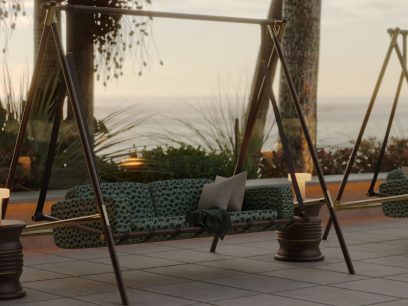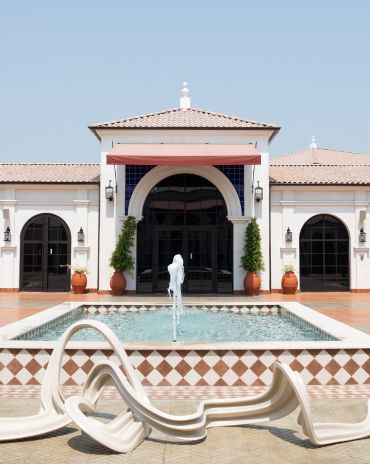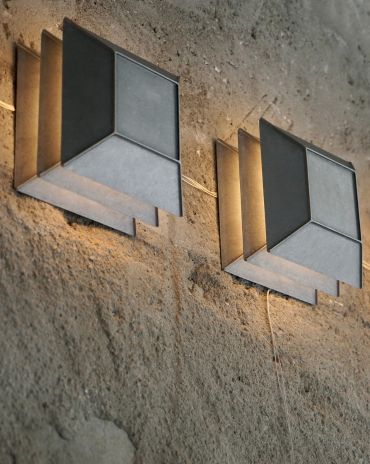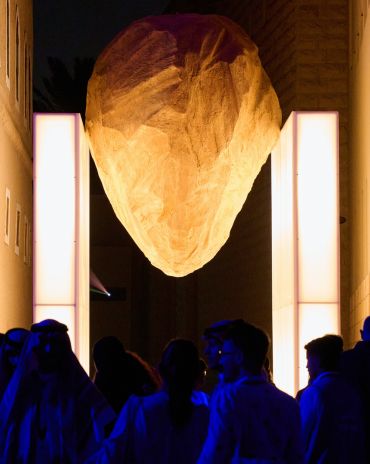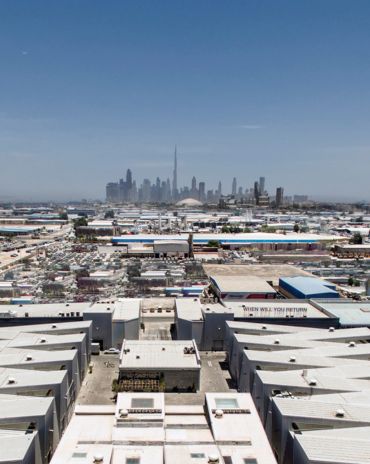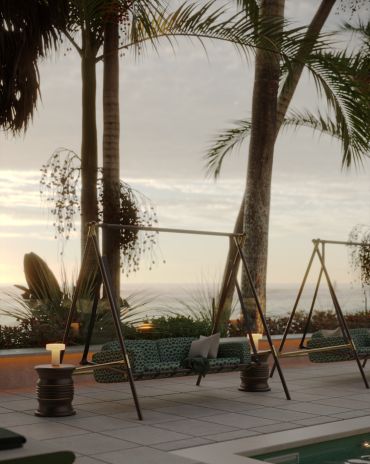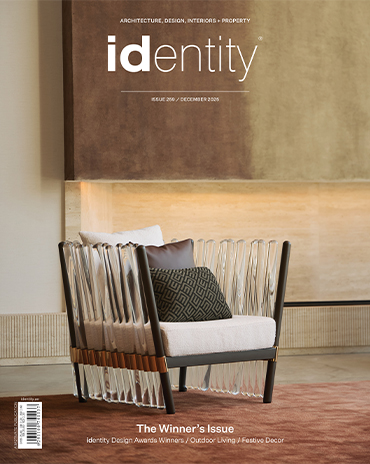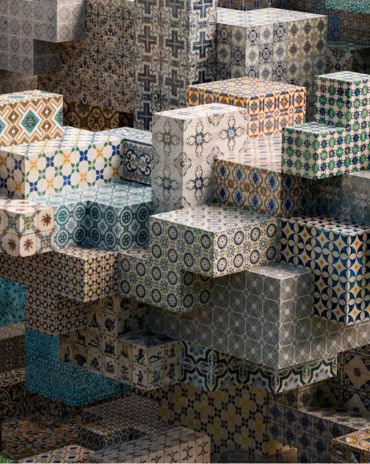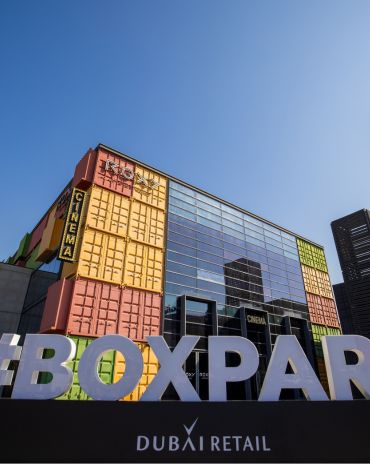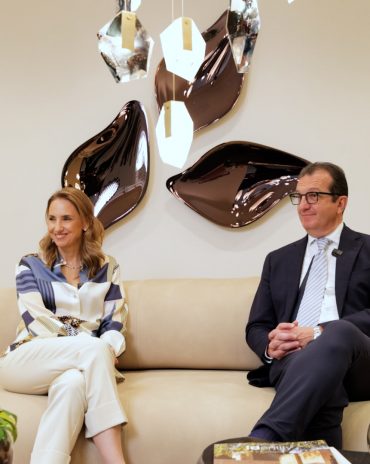Copyright © 2025 Motivate Media Group. All rights reserved.
id library: Fun Mill. The Architecture of Creative Industry in Contemporary China by Maria Paola Repelling
The book discusses creative clusters as fertile ground for research and action involving architectural and urban projects
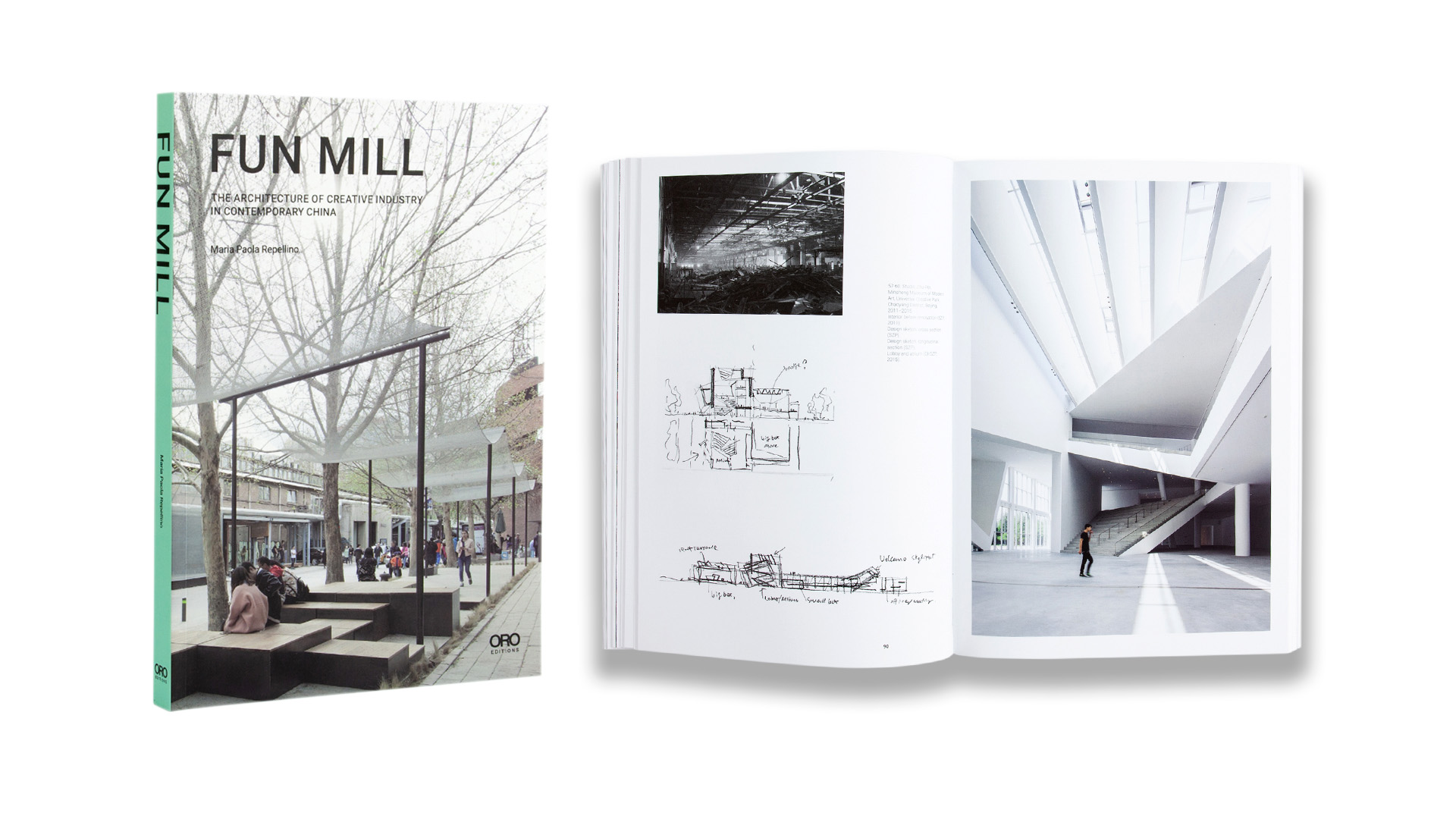
The China Room of Politecnico di Torino, Italy, recently published a collection of books looking at the study landscape changes caused by urbanisation in China, exploring processes and hierarchical decisions related to large-scale design, and illustrating the impact of urban creative transformation on contemporary architectural trends. One of the books in the collection, Fun Mill. The Architecture of Creative Industry in Contemporary China by Maria Paola Repellino, attempts to understand the creative industries in detail and talks about urban revival.
The promotion and development of creative industries has played a crucial role in the economic transition that has seen the manufacturing industry shift from ‘Made in China’ to ‘Created in China’. In the past decade, this has led to the explosive growth of creative industries and their physical transposition into cities. Hundreds of creative clusters – arts districts, cultural areas, media bases, incubators and parks for creative industries, also known as fun mills – continue to proliferate and trigger real estate enhancement strategies by reinventing important city districts.

Back cover and Front cover of Fun Mill. The Architecture of Creative Industry in Contemporary China by Maria Paola Repellino. Photo courtesy by Oro Editions
Fun Mill looks closely at these spaces, starting with specific architectures that are examined using an open-minded approach. What are the economic, political and design mechanisms used to build and legitimise them? What city concept is designed and built in these spaces? Can we identify recurrent features, general issues, compositional orders and logic? The book discusses creative clusters as fertile ground for research and action involving architectural and urban projects, and outlines several distinctive traits of professional and design practices in China in the last decade. In particular, the book focuses on three recurrent methods used by architectural projects to reconfigure space: Collecting Icons, Shifting Scale and Bounding Borders. These intervention methods were identified from a range of design experiences, richly illustrated with detailed drawings and photographs, including before and after views of the renovated spaces.
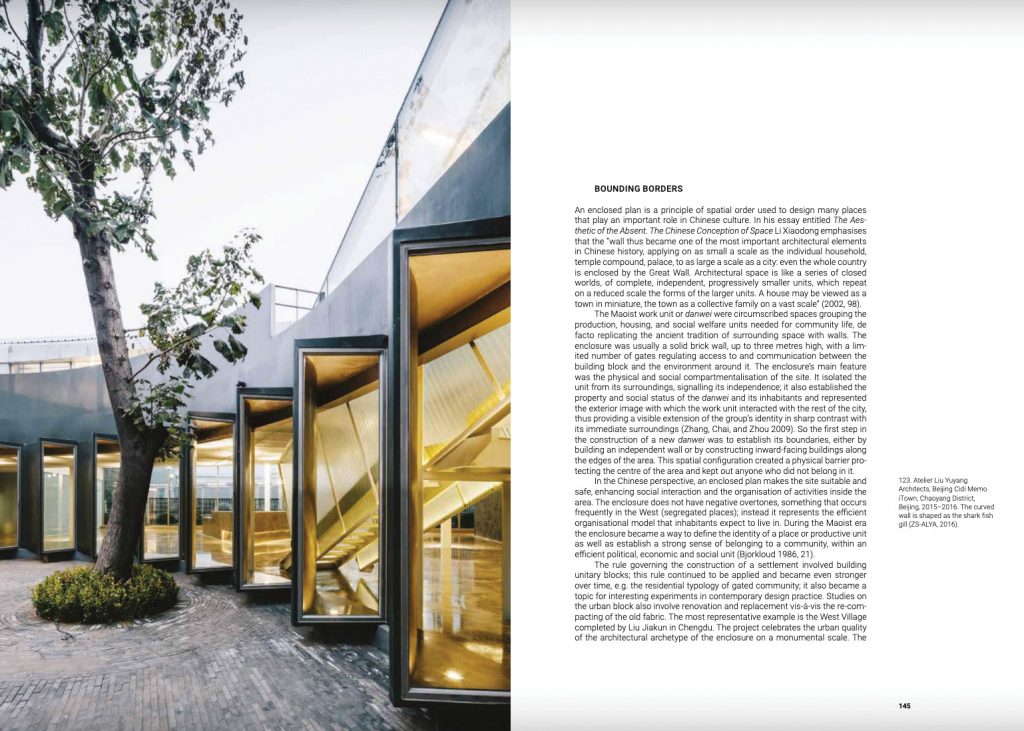
Beijing Cidi Memo iTown / Atelier Liu Yuyang Architects
The Author
Maria Paola Repellino is an architect and Ph.D. in Architecture and Building Design (2016); she is also a Research Fellow at the Politecnico di Torino, where she is Executive Director of the China Room research group and a member of the Future Urban Legacy Lab. She was also a Visiting Scholar at the School of Architecture of Tsinghua University in Beijing (2014). Her research work focuses on the role of industrial legacy in redefining the relationships between architecture, city and production in contemporary China. Prior to Fun Mill, her main publication was the book The City after Chinese New Towns (Birkhäuser 2019, ed. with M. Bonino, F. Governa, A. Sampieri).
The Latest
Maison Aimée Opens Its New Flagship Showroom
The Dubai-based design house opens its new showroom at the Kia building in Al Quoz.
Crafting Heritage: David and Nicolas on Abu Dhabi’s Equestrian Spaces
Inside the philosophy, collaboration, and vision behind the Equestrian Library and Saddle Workshop.
Contemporary Sensibilities, Historical Context
Mario Tsai takes us behind the making of his iconic piece – the Pagoda
Nebras Aljoaib Unveils a Passage Between Light and Stone
Between raw stone and responsive light, Riyadh steps into a space shaped by memory and momentum.
Reviving Heritage
Qasr Bin Kadsa in Baljurashi, Al-Baha, Saudi Arabia will be restored and reimagined as a boutique heritage hotel
Alserkal x Design Miami: A Cultural Bridge for Collectible Design
Alserkal and Design Miami announce one of a kind collaboration.
Minotticucine Opens its First Luxury Kitchen Showroom in Dubai
The brand will showcase its novelties at the Purity showroom in Dubai
Where Design Meets Experience
Fady Friberg has created a space that unites more than 70 brands under one roof, fostering community connection while delivering an experience unlike any other
Read ‘The Winner’s Issue’ – Note from the editor
Read the December issue now.
Art Dubai 2026 – What to Expect
The unveils new sections and global collaborations under new Director Dunja Gottweis.
‘One Nation’ Brings Art to Boxpark
A vibrant tribute to Emirati creativity.
In conversation with Karine Obegi and Mauro Nastri
We caught up with Karine Obegi, CEO of OBEGI Home and Mauro Nastri, Global Export Manager of Italian brand Porada, at their collaborative stand in Downtown Design.

